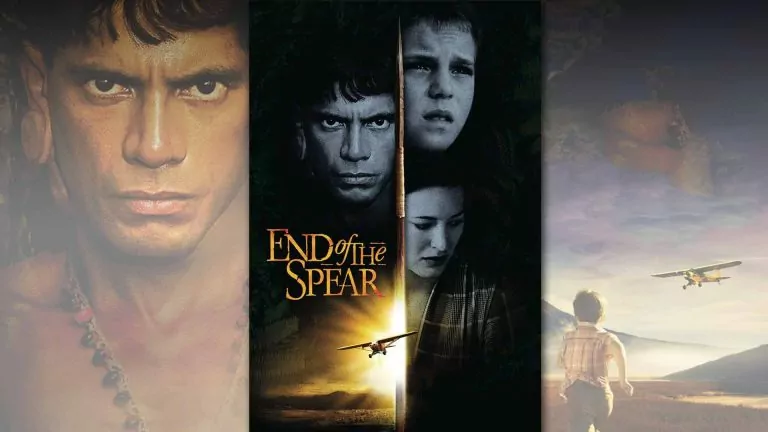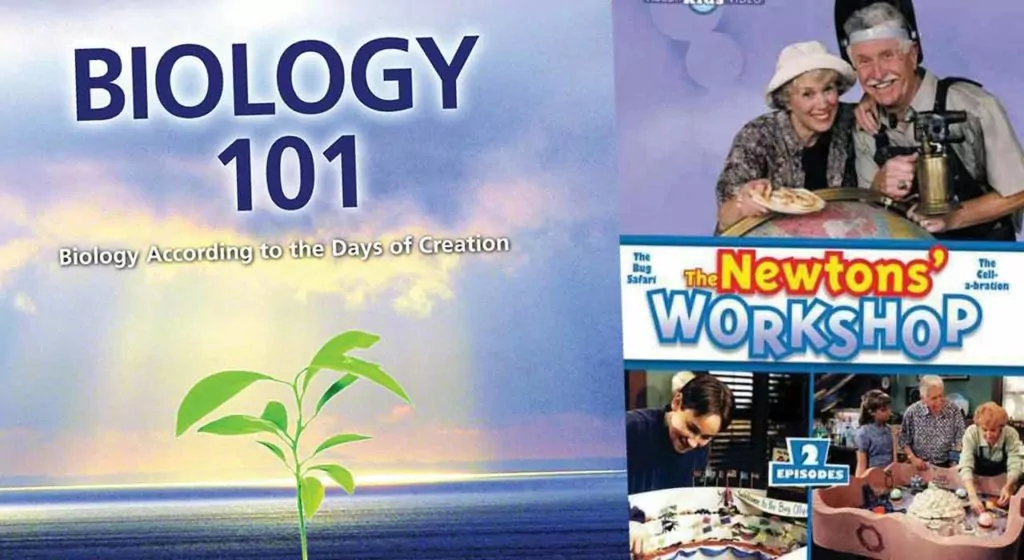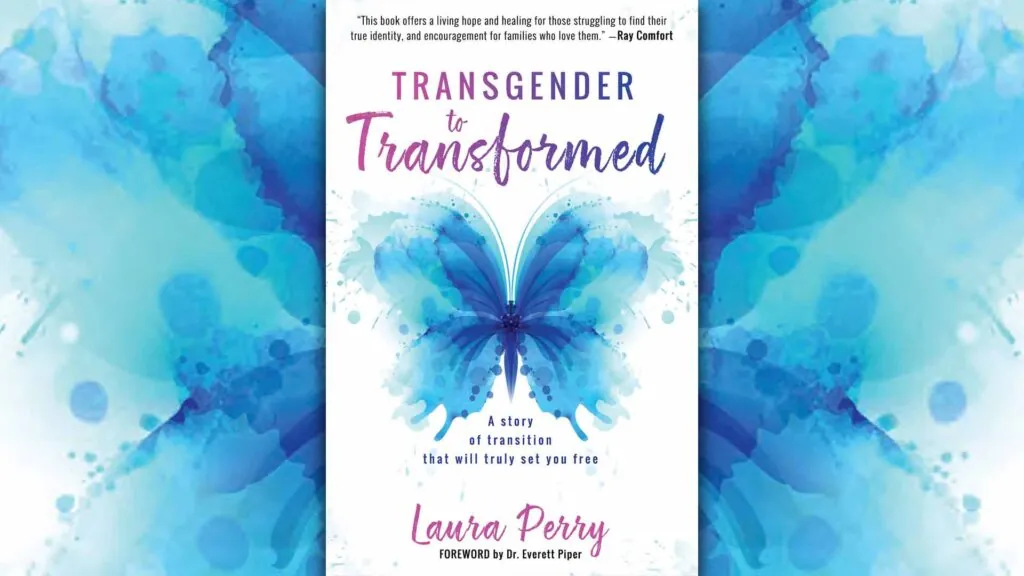Drama
2005 / 108 minutes
Rating: 7/10
This review first appeared in the January 2006 issue
How does a Christian group succeed in presenting a major motion picture in secular theaters? How do they present a true story about the Truth setting an entire native tribe free…and do it without the director and producer of the film taking too much dramatic license?
I must admit to being a bit disappointed when I viewed The End of the Spear during its opening weekend – it wasn’t quite the Christian story I had been hoping for. But then I spoke with a friend of mine from Wycliffe Bible Translators who had met Steve Saint, the author of the book from which the film was made, and I became much more sympathetic to the challenge he faced.
This movie is based on the true story of five missionaries who went to Ecuador back in the 1950’s to the Waodani tribe (known to most as the Aucas), a fierce homicidal “Stone Age” tribe. Many people are acquainted with this account via the famous book Through Gates of Splendor by Elisabeth Elliot, the wife of the missionary Jim Elliot. Jim Elliot is also well known as the author of the quote:
“He is no fool who gives what he cannot keep to gain what he cannot lose.”
The missionaries reached out to the tribe but all five men were speared to death. Later on some of their wives and a sister went back and lived with the tribe, teaching them about Christ, and many were converted, giving up their violent ways. A church still exists there today, with Steve Saint, the son of the slain missionary Nate Saint, living among them.
One movie becomes two
The original goal was to make just one movie – The End of the Spear. But Steve Saint wasn’t willing to give in to the moviemakers’ desire to take dramatic license and change the actual events of the real story. In the end a compromise was made – first they made a true-to-life documentary. Afterwards, Steve consented to their taking some dramatic license in another film as long as it was still close enough to reality.
The documentary, entitled Beyond the Gates of Splendor, was released to DVD in October 2005. It gives the entire story of the missionaries, from their days in Wheaton College until current times. The family members of the five missionaries are interviewed, along with several members of the Waodani tribe. Their faith in Christ and eagerness for their mission will no doubt be an inspiration to all who view this film.
As for The End of the Spear, the story is told from the point of view of the natives, with less emphasis on the missionaries themselves. It focuses on what they thought and learned. It isn’t intended to be a “tract,” but rather, as one local commentator put it, it’s supposed to tell a true religious story “without beating people over the head with it.”
An obscured message
The major disappointment is that the name of Jesus Christ is never mentioned. We learn that the missionaries wanted to teach the people to give up spearing one another, and they would not kill the Waodani because those people were not ready for Heaven. God is referred to by His Waodani name, and the fact that He had a Son who “was speared but did not spear back” is mentioned. A converted Waodani woman shares with her tribe the fact that God left “carvings” for them to follow – in other words, information directly from Him on how He wanted them to live. But when the tribesman asks to see the carvings, no Bible is quoted from or shown. There is also a scene when the missionaries are afraid, yet they do not even pray! We learn that those who listened to the missionaries became peaceful, and near the end we do see that the “Gospel” has been translated into Waodani. But is all of this enough to accurately explain the transforming power of Christ that took place?
There are enough pieces to the message/puzzle there for someone to take it and elaborate on it later. I couldn’t help but think of urban gang violence and revenge when the Waodani were spearing each other repeatedly at the beginning of the film. The clue is there: the same message that helped this tribe could help others. In fact, according to the movie’s promotional materials, it was this hope for spreading the Gospel message that convinced the Waodani to put aside their embarrassment regarding their history and give permission for it to be told.
But what could we really learn about the change of heart that took place in these people? Basically, we discovered that when the tribe learned about God’s Son not retaliating their lives were changed. I was left thinking that based only on what was in the film it would be possible for secular viewers to think of (the un-named) Christ as a Gandhi or any other non-divine “good teacher,” and remain happy and un-offended. At the end of the credits the filmmakers could have added, “no non-Christian positions were harmed in the making of this film.”
To those of us who believe in the Truth, it is sad that the entire story of God’s redeeming love could not have been spelled out more clearly. We can hope that there is enough interest from the film to lead people to watch the documentary afterwards.
Some final considerations
A few other factors regarding the film should be mentioned. The scenery in both films is absolutely breathtaking, and especially so on the big screen where I saw it.
Another factor to consider is the native dress. Missionaries have to deal with that, and while the Beyond the Gates of Splendor documentary showed the more authentic dress (read: almost naked), The End of the Spear film actually covered the people more than was authentic. If there is any time when one might say that nudity is acceptable, this would be it. Still, I found it rather disturbing, watching the thonged naked behinds of men running through the jungle for two hours. It’s something to consider before taking the whole family to see the film.
There is no greater arrogance in our society today than for someone to state that he has the Truth. So, even in a movie telling the story of the Truth transforming the lives of many, Christ’s name and most tenets of the missionaries’ faith were carefully avoided. It reminded me of some brands of diet ice cream – where the basic substance is there but I find myself searching for the missing flavor. It was better than nothing, but it left me disappointed.
“I am not ashamed of the gospel, because it is the power of God for the salvation of everyone that believes….” Romans 1:16a














